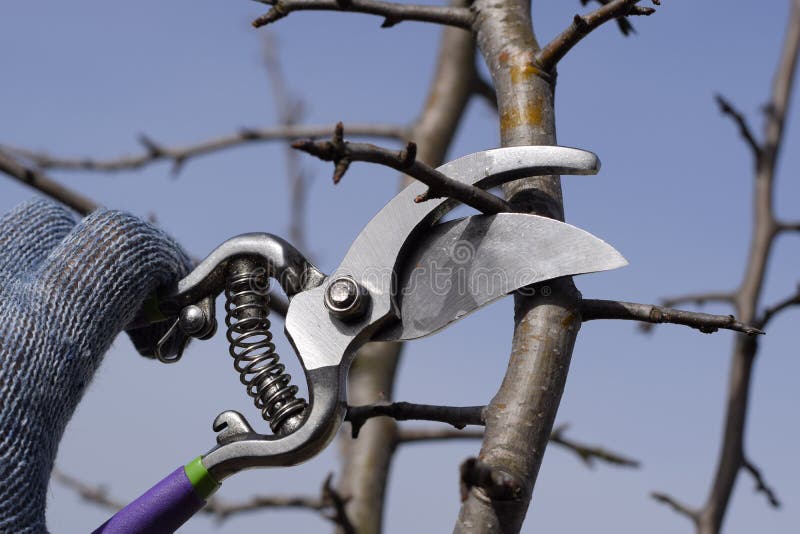

Very good in Zone 4, not recommended for Zone 3Īsian-type pear. Cannot be used to pollinate a second pear tree. Medium-sized fruit that are juicy and sweet with a firm, crisp texture. Not recommended for zone 4 where other, better flavored varieties grow well. Pear varieties recommended for northern gardens The reason for this is not well understood and fruiting is unreliable. But some varieties have been known to set an adequate number of fruit without a second variety. Most pear trees need pollen from another variety to set fruit. If you find a tree grafted onto this rootstock you can be very sure it will survive in Minnesota and produce a tree that tops out at about 20 feet tall. Semi-dwarfing rootstocks for hardy pears are often from the Old Home x Farmingdale series, or OH x F. Unlike for apple trees, there are very few dwarfing rootstocks for pears that are winter-hardy. A few nurseries offer semi-dwarf hardy pear trees, but these are a little harder to find than the standard size. Seedling rootstocks produce standard size trees, which is why most hardy pear trees grow from 25-40 feet tall. Most cold-hardy pear trees are grafted onto hardy seedling rootstocks. You can usually order bare root trees any time between late fall and early spring, and the nurseries will ship at the appropriate time for your area. Most online tree orders will be shipped as dormant, bare root trees in early spring. If you can't find pear trees at local nurseries, you can order trees online. 'Patten' is a winter-hardy pear that has qualities similar to Bartlett. If you're a fan of pears, find an open space in your yard for a couple of these beautiful trees and you'll have fruit for years to come.

If you want consistent fruit it is best to plant two pear varieties with compatible pollen or be certain there is a pear tree in a neighbor's yard. Most are best suited to USDA zone 4, but there are a couple varieties that will grow well in USDA zone 3. Thanks to cold climate fruit breeders at the University of Minnesota and other northern research stations, there are several varieties that are hardy to our region. Those varieties would not survive winters in the average Minnesota garden. is centered in Washington and California, where varieties such as Bartlett and Bosc are grown. Fireblight is the only disease that challenges pear trees, but this is easy to diagnose and manage.Ĭommercial pear production in the U.S. Pear trees can be grown organically simply because they don't require any sprays to keep them healthy and pest-free. Apples can be pestered by many insects and diseases, but pears are relatively trouble-free.

But pears are in some ways easier to grow than apples. Pear trees originated in central Asia. They are relatives of the apple and are propagated and managed in a very similar way.


 0 kommentar(er)
0 kommentar(er)
